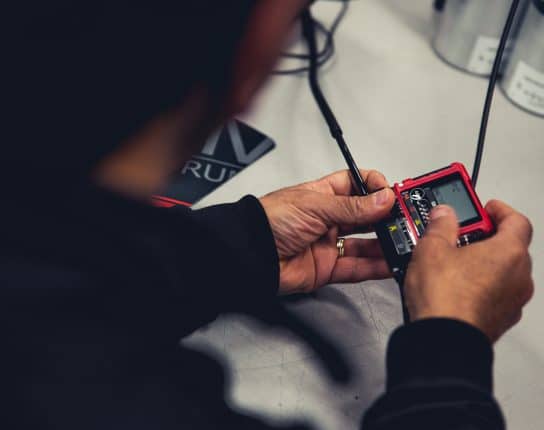
Is a flow switch the same as a flow sensor?
If you work in the maritime industry, you’ve likely come across the terms flow switch and flow sensor. While they may sound similar, they are actually two very different components that serve entirely different purposes. In this blog post, we’ll take a closer look at the differences between a flow switch and a flow sensor and help you determine which one is right for your system.
What is a flow switch?
A flow switch is a device that is used to detect the flow of fluid in a pipeline or system. It is typically installed in-line and is designed to activate or deactivate a system based on the presence or absence of fluid flow. Flow switches are commonly used in industrial and commercial applications to control pumps, boilers, and other equipment that requires a specific flow rate to operate efficiently.
How does a flow switch work?
A flow switch works by using a paddle or vane that is in contact with the fluid flowing through the pipeline. As fluid flows past the paddle or vane, it generates a force that causes it to move. This movement is then detected by the switch, which triggers a response in the control system. For example, if fluid flow drops below a certain threshold, the flow switch will shut off the pump or equipment to prevent damage.
What is a flow sensor?
A flow sensor, on the other hand, is a device that is used to measure the flow rate of a fluid in a pipeline or system. It typically consists of a sensor element, such as a turbine or ultrasonic sensor, that is used to measure the speed of the fluid flow. This measurement can then be used to calculate the flow rate of the fluid and provide feedback to the control system.
How does a flow sensor work?
A flow sensor works by using a sensor element that measures the speed of the fluid flow. This measurement is then converted into an electrical signal that can be read by the control system. Depending on the type of sensor being used, a flow sensor can measure the flow rate of fluids with varying levels of viscosity, temperature, and pressure.
Which one is right for your system?
While both flow switches and flow sensors serve important roles in controlling fluid flow in a system, they are designed for different purposes. If your system requires a device that can activate or deactivate equipment based on the presence or absence of fluid flow, a flow switch is likely the best option. If you need to measure the flow rate of a fluid in your system and provide feedback to the control system, a flow sensor is likely the best option.
In conclusion, understanding the differences between a flow switch and a flow sensor is critical to ensuring that your system operates efficiently and effectively. By selecting the right device for your needs, you can help prevent damage to your equipment and optimize the performance of your system. Whether you need a flow switch, a flow sensor, or both, be sure to choose a high-quality product that is designed to meet the demands of your specific application.
Related
More of the same



